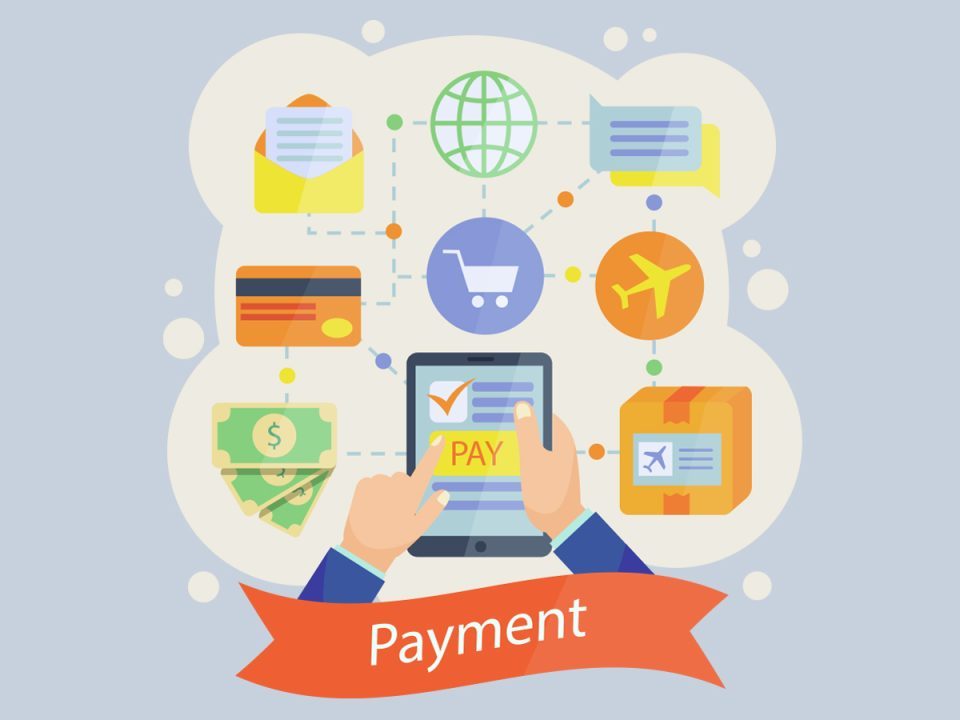Businesses are increasingly adopting multi-gateway payment platforms to streamline payment processes and provide a seamless experience for their customers. These new age payment platforms allow businesses to integrate multiple payment gateways, enabling them to support diverse payment methods, improve transaction reliability, and expand their reach globally. Designing such platforms requires careful planning and execution to meet the demands of security, scalability, and user experience.
The Importance of Multi-Gateway Payment Platforms
Multi-gateway payment platforms provide businesses with the flexibility to process payments through multiple providers. This approach is particularly beneficial in scenarios where a single gateway may fail or is unavailable due to regional restrictions or technical issues. Additionally, businesses can leverage different payment gateways to offer localized payment methods, cater to customer preferences, and optimize transaction fees.
For instance, an e-commerce platform operating globally can integrate gateways that support popular methods like credit cards, digital wallets, bank transfers, and even cryptocurrency. By doing so, they improve customer satisfaction and reduce the risk of cart abandonment due to unsupported payment options.
Catch more Fintech Insights : Global Fintech Interview with David Caruso, Vice President of Financial Crime Compliance at WorkFusion
Key Considerations in Designing Multi-Gateway Payment Platforms
- System Architecture
The backbone of a multi-gateway payment platform is its architecture. A modular and service-oriented architecture (SOA) is ideal for such platforms, as it allows for independent integration and management of payment gateways. The system should also be scalable to handle varying transaction volumes without compromising performance.
Using an API-first approach ensures that the platform is flexible and can easily integrate with other systems, such as inventory management or customer relationship management (CRM) tools.
- Payment Gateway Integration
Each payment gateway has unique APIs, requirements, and features. When designing a multi-gateway platform, developers must ensure that these integrations are seamless and adhere to the technical specifications of each gateway.
Implementing an abstraction layer can simplify this process. The abstraction layer acts as a mediator between the platform and the various gateways, providing a unified interface for transactions. This reduces the complexity for developers and makes it easier to add or remove gateways in the future.
- Security and Compliance
Ensuring security is a primary concern for all payment platforms. Multi-gateway payment platforms must comply with global and regional regulations, such as the Payment Card Industry Data Security Standard (PCI DSS) and the General Data Protection Regulation (GDPR).
Encryption, tokenization, and secure authentication protocols, like 3D Secure, should be employed to protect sensitive payment data. Regular security audits and vulnerability assessments are essential to maintain the platform’s integrity.
- Smart Routing and Redundancy
One of the key features of a multi-gateway payment platform is smart routing. This involves selecting the best gateway for processing a particular transaction based on predefined criteria, such as transaction cost, currency, or geographic location.
Redundancy ensures that the platform remains operational even if one gateway experiences downtime. By automatically switching to an alternative gateway, businesses can maintain uninterrupted service and reduce the risk of revenue loss.
- User Experience
For end-users, the payment process should be quick, intuitive, and secure. A well-designed multi-gateway payment platform minimizes friction by offering multiple payment methods, supporting local currencies, and ensuring a consistent interface across devices.
Developers can use features like saved payment information, one-click checkout, and transparent error handling to enhance the user experience. Localization is also crucial; displaying payment options in the user’s language and currency builds trust and improves conversion rates.
Benefits of Multi-Gateway Payment Platforms
- Global Reach: Businesses can accept payments from customers worldwide by supporting a wide range of payment methods and currencies.
- Improved Reliability: Redundancy and smart routing reduce the impact of technical issues with individual gateways.
- Cost Optimization: By routing transactions to the gateway with the lowest fees, businesses can save on processing costs.
- Enhanced Customer Satisfaction: Providing multiple payment options and a smooth transaction process builds customer loyalty.
- Adaptability: As payment trends evolve, businesses can easily integrate new gateways without overhauling the entire platform.
Future Trends in Multi-Gateway Payment Platforms
The rise of digital currencies and decentralized finance (DeFi) is influencing the design of multi-gateway payment platforms. Many businesses are now incorporating gateways that support cryptocurrency payments to cater to tech-savvy customers.
Additionally, advancements in artificial intelligence (AI) and machine learning (ML) are enabling smarter fraud detection and dynamic routing algorithms, further enhancing platform efficiency and security.
Embedded finance, where payment capabilities are integrated directly into non-financial applications, is another trend shaping the future of multi-gateway payment platforms. This approach blurs the line between payment processing and customer interaction, creating new opportunities for innovation.
Designing multi-gateway payment platforms is a complex yet rewarding endeavor. By carefully considering factors like system architecture, security, and user experience, businesses can create platforms that support diverse payment methods, ensure transaction reliability, and foster customer trust.
As digital payments continue to evolve, multi-gateway payment platforms will play a pivotal role in driving global commerce and enabling businesses to stay competitive in an increasingly dynamic market.
Read More on Fintech : Global FinTech Series Interview with Trent Sorbe, Chief Payments Officer at First International Bank and Trust (FIBT)
[To share your insights with us, please write to psen@itechseries.com ]
